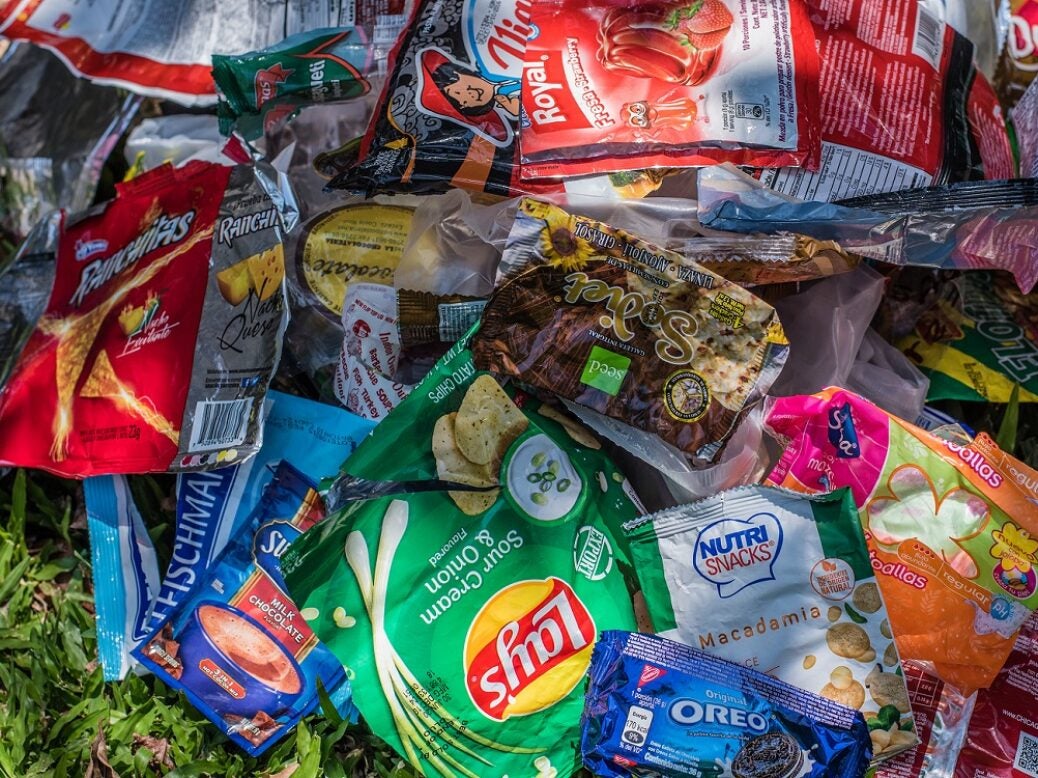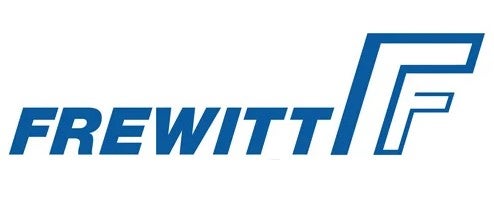
Are you sitting comfortably? I have some shocking news. A voluntary agreement involving a number of major food and drink brands is likely to miss the targets it set. Ok, so sarcasm isn’t my strong point. But the disastrous figures from yesterday’s (2 November) update on the global plastics commitment are deeply damaging to the reputation of The Ellen MacArthur Foundation (EMF) and the companies with which it is working.
It was four years ago that the EMF, together with the UN Environment Programme, launched the commitment in a bid to create a “new normal” for plastic packaging. The likes of Nestlé, PepsiCo and Mars all promised to ensure the following by 2025: 100% of the packaging they used would be recyclable, compostable or reusable; 26% of the packaging would be made from post-consumer recycled content; and the amount of virgin plastic used would fall by 20% (from 11.9Mt to 9.5Mt).
None of these now looks likely. The fact the EMF has admitted this with three years to go is telling. Just 12 months ago the foundation was making bold claims that ‘peak plastic’ had been reached, as virgin plastic used by its signatories fell for the second year running. The narrative being spun by those involved was deeply flawed and this year’s results are a testament to that: virgin plastic use is back where it started in 2018.
It wasn’t the only bad news. In 2021, just 65.4% of the plastic packaging used by signatories was recyclable, compostable or reusable both in practice and at scale. That’s a mere 1.7 percentage points higher than the first count. The use of post-consumer recycled (PCR) content did rise to 10%. “PCR content increased as much during the past three years as it did in all preceding years since plastic packaging was first introduced,” EMF noted, as it clutched at straws (paper ones, as plastic ones have been subject to widespread bans). The results will certainly fuel the fires of those calling for more restrictions and, even, a cap on plastic production.
The initiative, which spawned a number of national ones too, certainly provided a Rorschach test for voluntary agreements – which supporters say are a disruptive force that will fast-track action and investment, but critics see as a comfort blanket for corporates to say lots but do very little. If such an agreement can’t work for plastic – with its huge swell of public and political pressure – then surely the concept is a dead duck? “What I see is that the results are stagnant after four years and if the targets to 2025, as the EMF itself concludes, are hardly achievable, the initiative will lose momentum and motivation,” one expert based in Italy told me.
Green NGOs will have a field day with the results. The timing couldn’t be more perfect: just weeks before negotiations (proper) get underway in Uruguay on a legally-binding global plastic treaty, and only days before the COP27 climate talks.
The Coca-Cola Co. is, much to the chagrin of campaigners, sponsoring the latter. Ironically, the company posted some of the better results, with 99.9% of its plastic packaging either reusable, recyclable or compostable. The beverage behemoth was praised in the report for setting a reusable packaging target, as was PepsiCo for promising to do the same by the end of the year.
Change is challenging but brands have been sluggish
Food brands will argue their drinks counterparts have it easy switching to reuse, and they’d have a point. That isn’t a reason to do nothing but that’s pretty much what has happened. Generally, efforts to incorporate reusable packaging models have gone into reverse – just 1.2% of the packaging in 2021 was reusable (down from 1.5% two years ago) and fewer companies are now planning pilots. Hardly any brands have a reuse strategy in place, either, but that shouldn’t be a surprise: despite being the most sustainable option (other than reduction), the EMF’s target lumped reusable into the same basket as recyclable and compostable; why would brands look to completely change their models towards reuse when they could simply stick with single-use and just ensure it’s recyclable and compostable?
Even that is proving tricky. The EMF’s update shows how the likes of Mondelez International and Mars are really struggling given the make-up of their portfolios. Just 5.9% of Mondelez’s plastic packaging is reusable, recyclable or compostable, while for Mars it’s 20%. Mars told me recently around 12,000 formats – more than half its portfolio – are “undergoing packaging redesign” and it’s investing “hundreds of millions of dollars in this area”. The business’s top 300 executives have pay linked to delivering on its packaging (and climate) targets but if I were one of them I wouldn’t bank on the extra cash.
Packaging confectionery in anything but flexible plastic is really tricky. Some have had a little success with paper but most are holding out for chemical recycling to provide the silver bullet for sweetie wrappers and the like. The EMF shot that hope down: “It is increasingly unlikely that flexible consumer packaging will be recyclable in practice and at scale by 2025.” Flexible packaging continues to be the food manufacturer’s foe, it seems.
Reading the EMF’s 45-page update it’s hard to find many favourable facts. Full breakdowns of each signatory’s results won’t be available until later this month, and it should be noted that there are leaders and laggards.
Sustainability often starts with transparency and, on this, the EMF and most of its signatories cannot be faulted. But this is information investors are increasingly demanding anyway (from next year, CDP, the environmental disclosure platform, is adding metrics on plastic to its annual questionnaires).
The warts-and-all statistics the EMF has managed to prise could ultimately prove its undoing. The bottom line is signatories used more virgin plastic in 2021 (11.9mt) than in 2020 (11.6mt), which basically puts them back where they began in 2018 (11.9Mt). And, let’s not forget, too, that signatories only account for 20% of the market – big guns like JBS, Tyson Foods and Anheuser-Busch InBev haven’t signed up – and even then have to divulge only data relating to one material, plastic (not paper, aluminium, glass or other packaging types).
The EMF now wants to see more regulation as it attempts to shift the spotlight toward government intervention. Campaigners are crying out for this and will use the commitment’s crappy performance to push harder than ever during the treaty talks. Perhaps this is the beginning of the end for the global plastics commitment.



